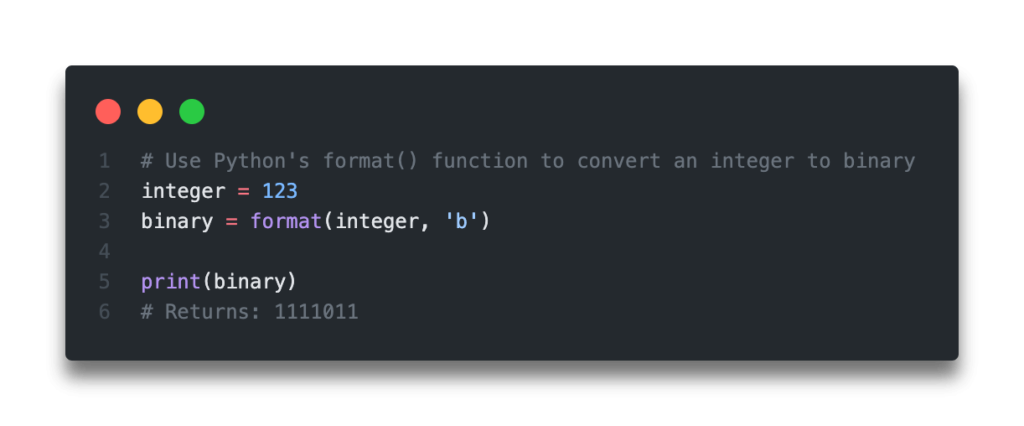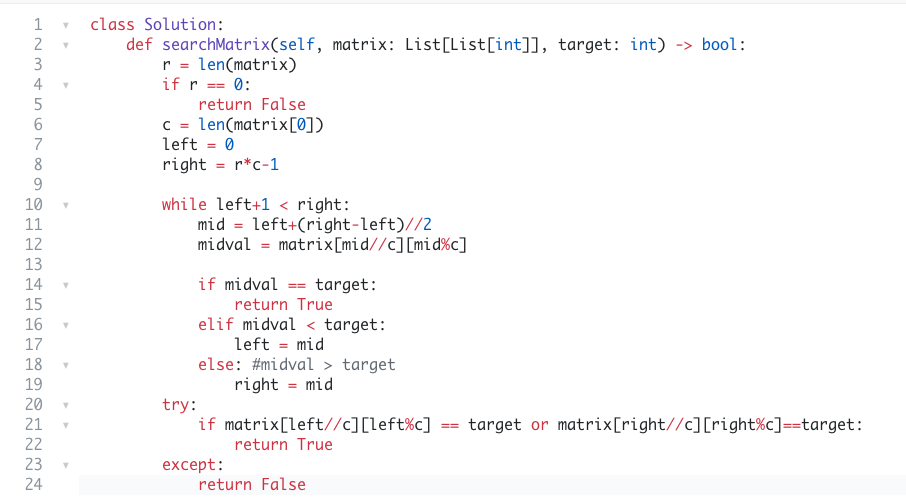
We then use the int() function to convert the binary number to an integer. In this program, we define a binary number as a string. Let's take another example to illustrate the conversion of a binary number to an integer.

The output of the program is 10, which is the decimal equivalent of the binary number 1010. The first parameter of the int() function is the binary number, and the second parameter is the base of the number system we are using, which is 2 for binary.įinally, we print the decimal value of the binary number using the print() function. In this program, we first define a binary number as a string.

Here's the program to convert binary to integer in Python: binary = '1010' The base parameter specifies the number system we are using, in this case, binary. To convert a binary number to an integer in Python, we can use the built-in int() function with a base parameter of 2. The binary number 1010, for example, represents 1 2^3 + 02^2 + 1 2^1 + 02^0, which is equal to 8 + 0 + 2 + 0, or 10 in decimal. The rightmost digit represents 2^0, the next digit represents 2^1, the next digit represents 2^2, and so on. In the binary number system, each digit represents a power of 2. In this blog post, we will discuss how to convert binary to integer in Python. Python is a popular programming language that supports binary arithmetic and the manipulation of binary numbers. In programming, binary numbers are often used to represent data in a compact and efficient way.

It is the foundation of all computer programming and is used extensively in digital electronics. The binary is a number system that only uses two digits, 0 and 1, to represent values.


 0 kommentar(er)
0 kommentar(er)
